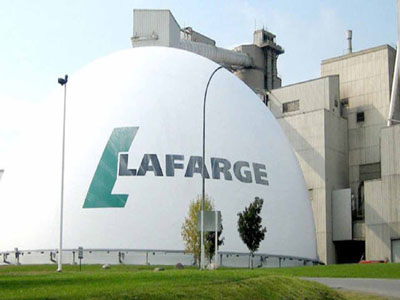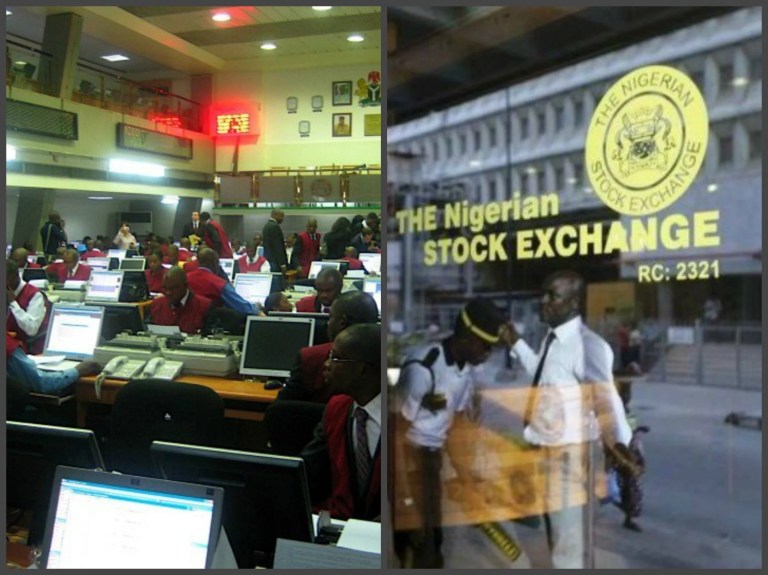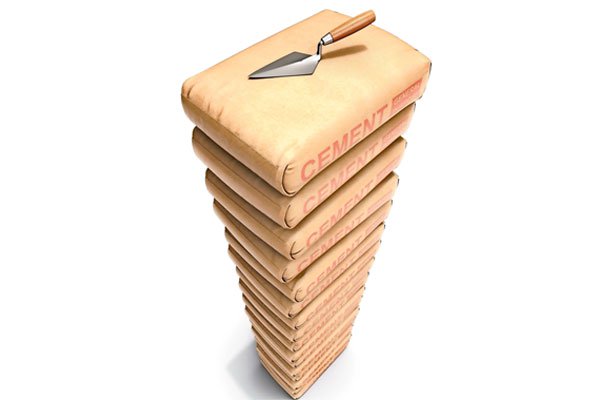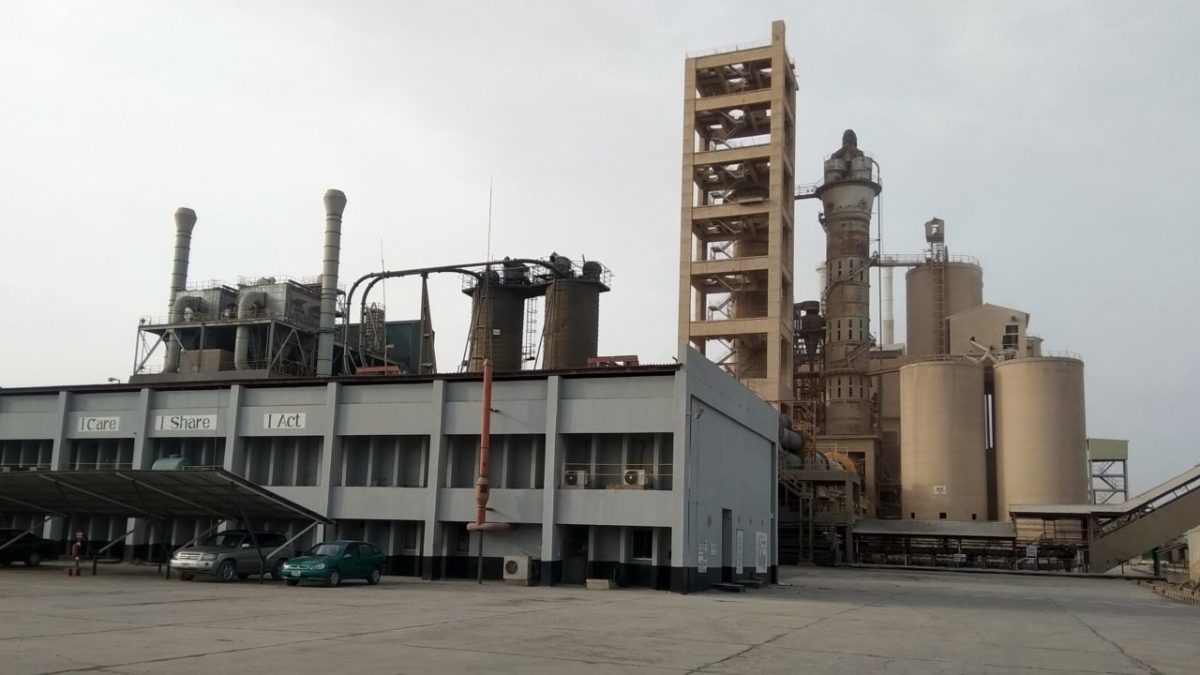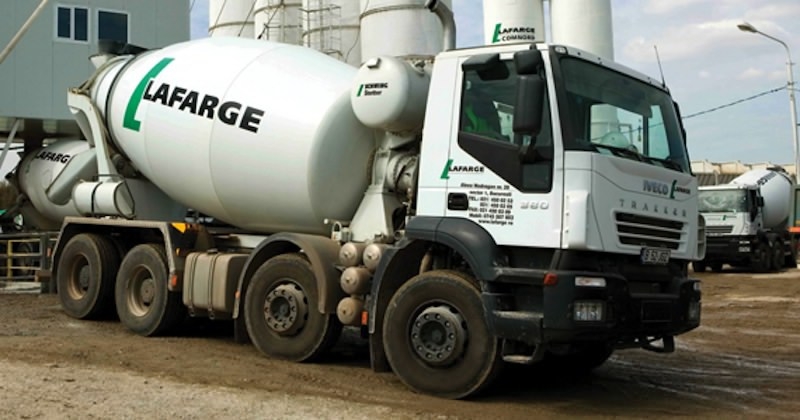

Lafarge Africa, the continent’s second-biggest producer of cement, plans to cut debt in the next two years as it seeks to boost profit before resuming expansion, the company’s chairman said.
The company expects its leverage ratio, which measures the level of debt incurred by a business against its assets, to drop to between 60% and 70% “over the next 18 months”, from more than 100%, Mobolaji Balogun said in an interview in Lagos, Nigeria. It sees earnings before interest, taxes, depreciation and amortisation more tolerable at about $200m in 2018.
“As soon as the debt becomes more comfortable, we don’t sit there, we will put the foot down on the next round of expansion,” he said.
The African unit of Switzerland-based LafargeHolcim wants to take advantage of improvements in the Nigerian economy and a recovery in SA to expand and boost profit. Its total debt dropped to about $600m from more than $1bn after using funds, including the proceeds of a 131-billion naira ($361.7m) rights offer, to curb liabilities, he said.
The company plans to raise an additional 100-billion naira when the need arises, chief financial officer Bruno Bayet said in April. Lafarge incurred debt to expand capacity at its cement plant in Calabar, southeast Nigeria, and plans to add more production in the short-to-medium term to plants in the southwest and the north, according to Balogun.
The Nigerian economy expanded 1.95% in the three months to the end of March from a year earlier, after contracting in 2016. It is forecast to grow 2.1% in 2018 by the International Monetary Fund. The South African Reserve Bank expects the economy to expand 1.7% in 2018 from an earlier forecast of 1.4%.
More news
- CELEBRATING EXCELLENCE IN THE RESIDENTIAL PROPERTY SECTOR
- PART 4: GIBS PANEL DISCUSSES INTEMEDIATE CITIES ROLE IN AFRICA’S DEVELOPMENT
- EXPOSED AGGREGATE PAVERS COMPLEMENT NEW LIFESTYLE CENTRE
- GIBS PANEL EXPLORES ROLE OF INTERMEDIATE CITIES IN SA’S DEVELOPMENT PART 3
- CITI-CON’S CONCRETE KNOWLEDGE SUCCESSFULLY DEPLOYED ON NEW LANDMARK DEVELOPMENT

